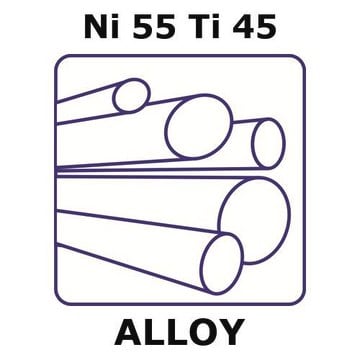GF79039648
Cadmium
rod, 50mm, diameter 10.0mm, 99.999%
Sinônimo(s):
Cadmium, CD007920
About This Item
Produtos recomendados
Ensaio
99.999%
forma
rod
fabricante/nome comercial
Goodfellow 790-396-48
resistividade
7.27 μΩ-cm, 22°C
C × diâmetro
50 mm × 10.0 mm
pb
765 °C (lit.)
pf
320.9 °C (lit.)
densidade
8.65 g/mL at 25 °C (lit.)
cadeia de caracteres SMILES
[Cd]
InChI
1S/Cd
chave InChI
BDOSMKKIYDKNTQ-UHFFFAOYSA-N
Procurando produtos similares? Visita Guia de comparação de produtos
Descrição geral
Informações legais
Palavra indicadora
Warning
Frases de perigo
Declarações de precaução
Classificações de perigo
Aquatic Acute 1 - Aquatic Chronic 1
Código de classe de armazenamento
13 - Non Combustible Solids
Classe de risco de água (WGK)
WGK 3
Ponto de fulgor (°F)
Not applicable
Ponto de fulgor (°C)
Not applicable
Certificados de análise (COA)
Busque Certificados de análise (COA) digitando o Número do Lote do produto. Os números de lote e remessa podem ser encontrados no rótulo de um produto após a palavra “Lot” ou “Batch”.
Já possui este produto?
Encontre a documentação dos produtos que você adquiriu recentemente na biblioteca de documentos.
Nossa equipe de cientistas tem experiência em todas as áreas de pesquisa, incluindo Life Sciences, ciência de materiais, síntese química, cromatografia, química analítica e muitas outras.
Entre em contato com a assistência técnica





